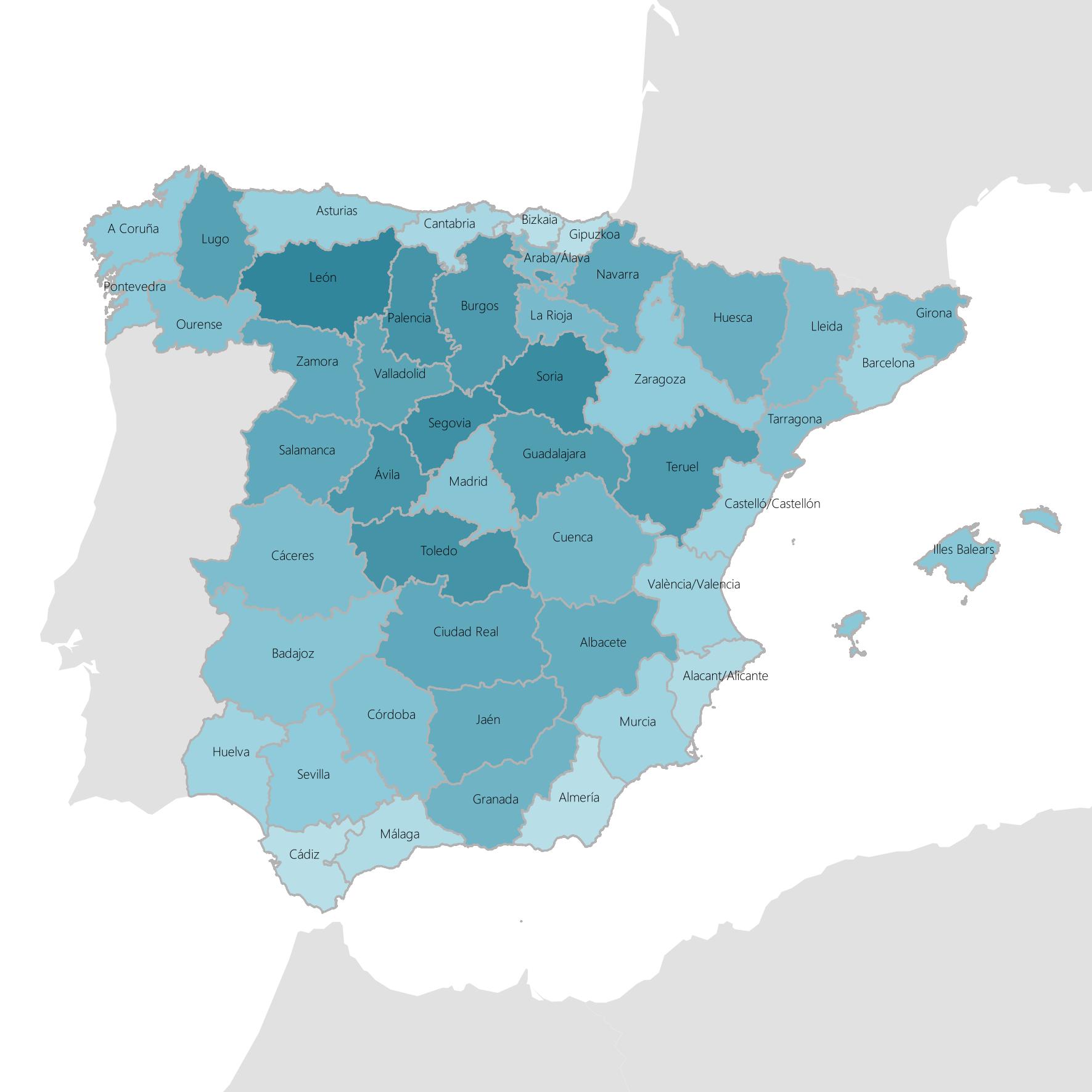Study of Spain’s distribution of residential heating energy consumtion
The objective of this study on Spain’s Distribution of Residential Heating Energy Consumption is to have precise information to update the long-term Strategy for Rehabilitation in the building sector in Spain (ERESEE).
The original strategy, in which Cíclica had a significant role, was developed in the year 2014 in accordance to Article 4 of the European Directive 27/2012/UE This article enforces union members to design a long-term strategy beyond 2020 that intends to mobilize investment in residential and commercial building renovation in order to improve the housing stock energy performance. The strategy is required to propose extensive and profitable renovations with the goal of achieving an energy efficiency significantly higher than efficiency levels prior to the intervention.
The ERESEE and its succeeding revisions, need new information in order to propose and to justify interventions in energy efficiency in the buildings that will result in economic viability based on changes in energy prices. Thus, the project contains more extensive knowledge regarding the residential sector (typologies, the age of construction, property organization, and spatial-level distribution, etc.) and of the factors that influence the consumption of the sector’s energy and of the evolution of energy prices.
The change in energy prices is based on scenarios considered acceptable by the European Union. For this reason, its results are somewhat normalized since information about the park and energy consumption is more complex and varied than the scenarios, especially when it comes to crossing information between both aspects.
This project contributes to this task by using the best information available to approach the issue of Spain’s distribution of residential heating energy consumption. For this reason, the objective of this report is the segmentation of the residential sector and the allocation of energy consumed associated with each of these types.
- Definition of the scope of the study and its fragmentation in clusters according to its characteristics
- Quantification of the main houses and their respective land
- Quantification of the energy demand and the theoretical energy consumed
- Quantification of the real energy consumption from the distribution of the national consumption
- Quantification of the median energy consumption per house
- Elaboration of two hypotheses and three groups affected by the effects of energy poverty (A, B1, and B2)
Authorship
Cíclica [space·community·ecology], Albert Cuchí (Universitat Politècnica de Catalunya), Anna Pagès (Universitat Politècnica de Catalunya)
Advisory committee and review
Eduardo de Santiago (Ministerio de Fomento), Luis Vega (Ministerio de Fomento), Cristina Colomo (Ministerio de Fomento), Enrique Larrumbide (Instituto Torroja de Ciencias de la Construcción)
Coordination
Dolores Huerta (Green Building Council España), Alicia Torrego (Fundación Conama)
Client
Ministerio de Fomento del Gobierno de España
Date
26 de June de 2018
Category
Urban Building Energy Models

